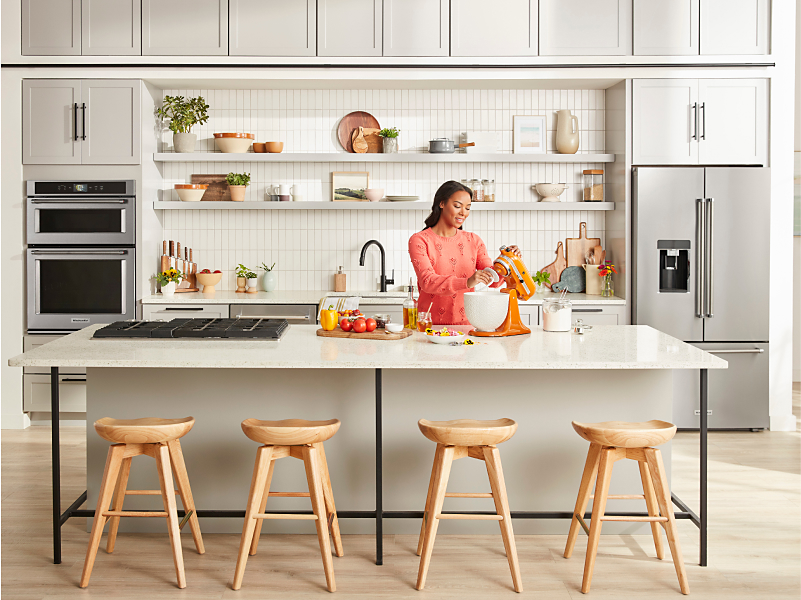Introduction
A kitchen remodel is a popular home improvement project that can enhance the functionality, aesthetics, and value of your home. Whether you’re looking to create a more efficient space, update outdated features, or completely transform the look of your kitchen, a remodel can breathe new life into one of the most important areas of your home. In this article, we will explore the key considerations and steps involved in kitchen remodels to help you create your dream kitchen.
Assessing Your Needs and Goals
Before diving into a kitchen remodel, it’s essential to assess your needs and goals for the project. Consider factors such as your cooking habits, storage requirements, and desired kitchen layout. This evaluation will help you prioritize features and functionalities that are important to you, ensuring that your remodel meets your specific needs.
Setting a Budget
Establishing a realistic budget is crucial for any remodeling project, including kitchen remodels. Determine how much you’re willing to invest in the renovation and allocate funds accordingly. Research the costs of materials, appliances, labor, and any additional expenses to create a comprehensive budget that aligns with your financial capabilities.
Designing Your New Kitchen
Designing your new kitchen involves creating a layout that maximizes space, functionality, and visual appeal. Consider factors such as the work triangle (the relationship between the sink, stove, and refrigerator), storage options, lighting, and the overall aesthetic. Collaborate with a professional designer or utilize online design tools to bring your vision to life.
Hiring Professionals
While DIY kitchen remodels are possible, hiring professionals can save you time, effort, and potential mistakes. Consult with experienced contractors, designers, and electricians to ensure that your remodel is executed to the highest standards. Their expertise will help you navigate challenges, provide valuable insights, and ensure that all necessary permits and regulations are met.
Selecting Materials and Finishes
Choosing the right materials and finishes is essential for achieving the desired look and functionality of your new kitchen. Consider factors such as durability, maintenance requirements, and aesthetic appeal when selecting cabinets, countertops, flooring, backsplashes, and appliances. Explore various options to find the perfect combination that fits your style and budget.
Demolition and Construction
Once the planning and material selection are complete, the demolition and construction phase begins. This involves removing existing fixtures, walls, and flooring as necessary and implementing the new design. Professional contractors will handle this process, ensuring safety, efficiency, and adherence to building codes.
Installation and Finishing Touches
As the construction phase nears completion, the installation of cabinets, appliances, lighting fixtures, and plumbing takes place. Pay attention to details and work closely with professionals to ensure proper installation and functionality. Complete the transformation with finishing touches such as paint, trim, and decorative elements to bring your new kitchen to life.
Conclusion
A kitchen remodel can significantly enhance the functionality, aesthetics, and value of your home. By assessing your needs, setting a realistic budget, working with professionals, and selecting quality materials, you can create a kitchen that reflects your personal style and meets your specific requirements. Remember to prioritize functionality, maximize space, and invest in durable fixtures to ensure a kitchen.

